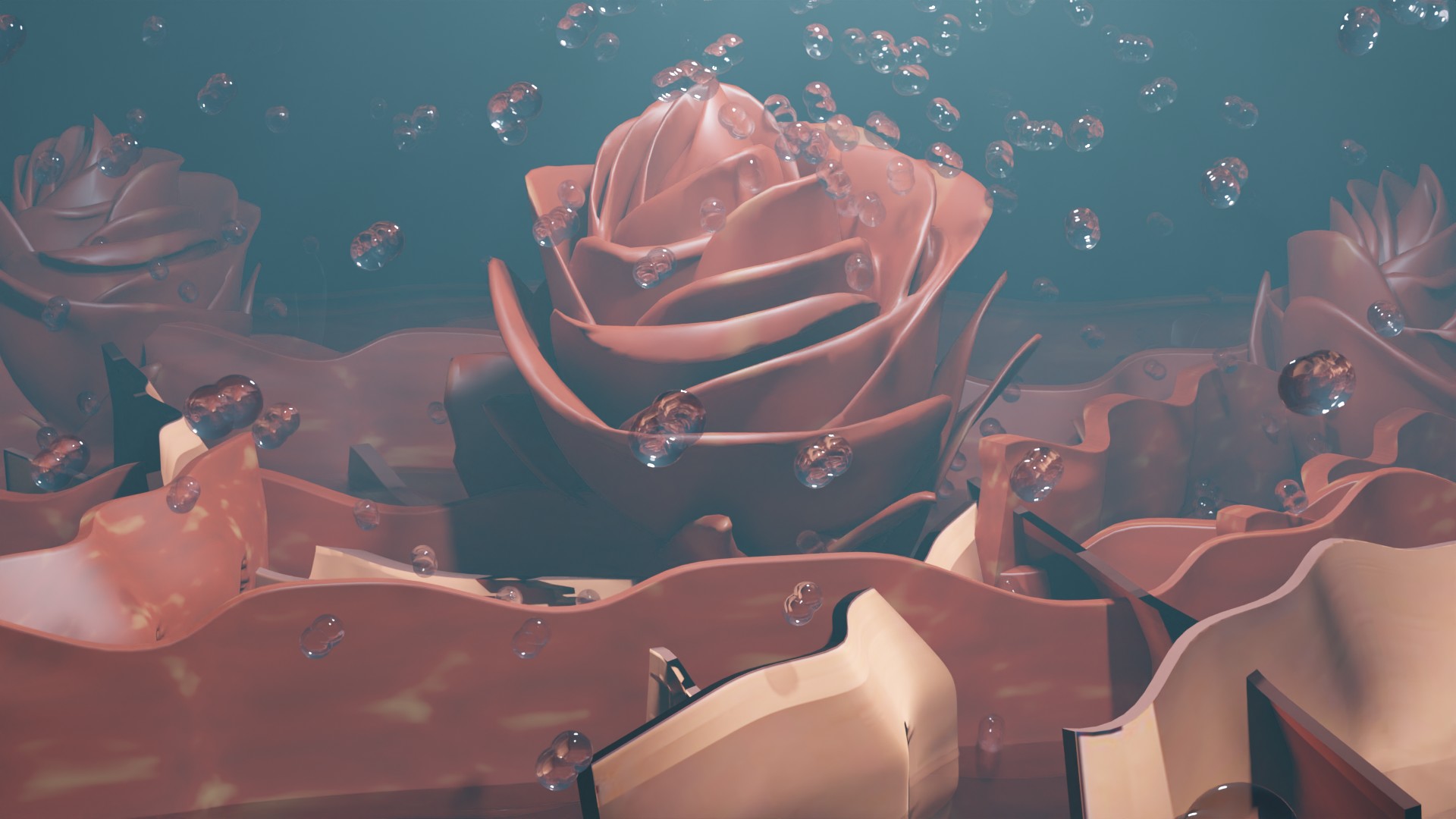Nanoflowers help to grow the hydrogen economy

In the search for optimum hydrogen production researchers have found decorating their electrodes with tiny metal flowers boosts the process significantly.
Dr Asim Riaz said the structures not only enabled efficient electrolysis (splitting water into hydrogen and oxygen) but cost of producing electrodes is around one hundred times lower than existing technology. They are quick and easy to grow and can even be easily reused or recycled.
"We are trying to build technology that is affordable, and therefore better to commercialise," said Dr Riaz, formerly from the Electronic Materials Engineering Department, Research School of Physics and now in the ANU Research School of Engineering.
"Australia's pace towards a hydrogen economy is slow at the moment and attractive financial incentives in the US Inflation Reduction Act are luring the investors away from Australia.
"But if we catch the bus then we could be one of the largest exporters of hydrogen."
The Federal Government has announced the Hydrogen Headstart program with $2B of investments, which will supercharge the development of the hydrogen economy, making the ANU research very timely.
The team from the Research Schools of Physics and Engineering have shown the ability to cultivate nanoflowers on a significant scale, producing a sample of 100 cm2, with hundreds of thousands of such flower-like structures. They have attracted industry partners and hope to commercialise the technology in the near future.
The team set out to reduce costs by finding catalysts for electrolysis electrodes made from an alloy of cheap, earth-abundant elements. Existing high-efficiency catalysts use expensive elements such as platinum, palladium, iridium or ruthenium.
They realised that for electrode surfaces to be effective for electrolysis requires a combination of high surface area and electrical conductivity. No pure material fitted the bill; for example, iron meets the high surface area requirement, due to its tendency to form porous structures, but does not form the crosslinks that bring high conductivity. The material also needs high hydrophilicity to enable the electrolyte to penetrate into narrow pores and form good electrical contact. For these properties Dr Riaz added nickel and cobalt.
To find the optimum combination of metals, he trialled over 30 different combinations over a three-month period, using electrodeposition, a room-temperature single-step process that is simpler than the existing catalyst electrode fabrication methods such as a combination of spray coating and thermal pressing techniques.
The best results included a combination of nickel, cobalt, and iron, with layers of hydroxide ions throughout, sitting on a base of conducting electrodes. This mixture of elements formed vertical flakes – the petals of the flowers, with size less than 150 nanometres – with sharp edges that facilitate the catalyst dynamics, and strong cross links that gave high conductivity. Efficient catalysis was achieved with a layer only 500 nanometers thick, around a thousand times thinner than current commercial catalyst electrodes.
"I found myself captivated and astounded by the intricacy of these nanoflower structures, and their delicate composition, comprised solely of approximately four nanometre thin sheets," Dr Riaz said.
The team thoroughly quantified the porosity and interconnectivity of these porous structures using the fractal analysis technique.
The fine architecture proved to be the pivotal factor behind the excellent catalytic performance, a stark contrast to the larger flower structures with thicker sheets documented in the literature.
"We hope our analysis will guide people in understanding the morphological features, so they can further tune the catalysts for improved performance," Dr Riaz said.
A measure of the efficiency of catalysis is how close the voltage is to the ideal potential – for splitting water, 1.23 volts. The nanoflower electrodes operated at only 139 millivolts overpotential, the lowest value reported to date, when operating at 10 mAcm−2.
To test the scalability and robustness for use in commercial electrolyser systems, the researchers also operated a large (12 cm2) electrode in a commercial water splitting electrolyser device for 17 days straight, during which it operated with a stable voltage of 1.82 V and delivered a constant current density of 500 mAcm−2.
When worn out or corroded, the structures can be cleaned off the electrode with a hydrochloric acid solution, and then regrown with electrodeposition in under an hour.
The research is reported in Advanced Energy Materials.
This article was first published by ANU Research School of Physics.
